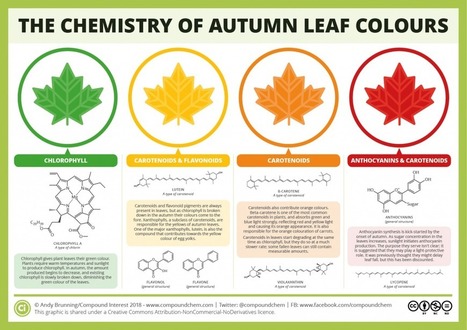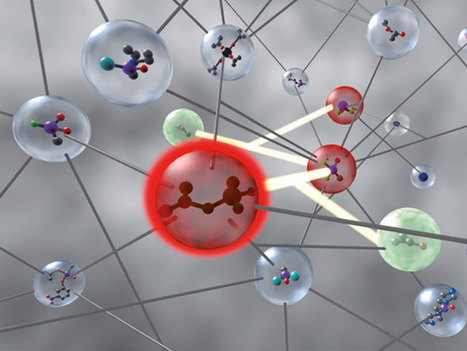With autumn looming on the horizon, the leaves on some trees have already begun the transition towards the vibrant hues of autumn. Whilst this change may outwardly seem like a simple one, the many vivid colours are a result of a range of chemical compounds, a selection of which are detailed here.
Before discussing the different compounds that lead to the colours of autumn leaves, it’s worth discussing how the colours of these compounds originate in the first place. To do this we need to examine the chemical bonds they contain – these can be either single bonds, which consist of one shared pair of electrons between adjacent atoms, or double bonds, which consist of two shared pairs of electrons between adjacent atoms. The colour causing molecules in autumn leaves contain systems of alternating double and single bonds – this is referred to as conjugation. A large amount of conjugation in a molecule can lead to them being able to absorb wavelengths of light in the visible spectrum. This leads to the appearance of colour.
Via John Evans



 Your new post is loading...
Your new post is loading...








